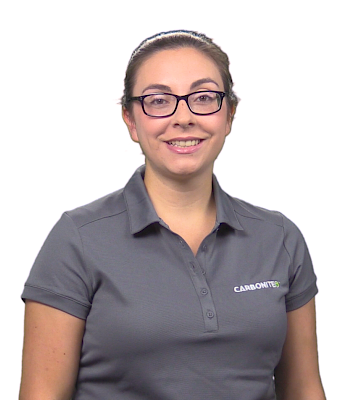How CSSB Mounts Virtual Hard Disks During a Hyper-V Recovery
- This article is for Windows only
Summary:
A restore of files and folders from a Hyper-V backup involves mounting a virtual hard disk (VHD) file to the file system. Users are asked if they wish CSSB to automatically mount the VHD files before starting the restore process.
A successful restore will display Virtual disks have been mounted to these drive letters in the user interface. One or more drive letters will be shown at the end of the message.
For example, it may show: Virtual disks have been mounted to these drive letters: K:, L:, and M.
Solution:
The sections below are collapsed. Please click the section title to open / close a particular section.
It is easy to access the files and folders within a mounted VHD file. Simply open Windows Explorer and browse for the drive letters displayed in CSSB. In most cases, CSSB will automatically open Windows Explorer for you.
Once mounted, Carbonite Safe Server Backup's role is complete. From this point forward you will do everything within Windows. You can browse or search for files and folders in Windows Explorer just as you would on any other drive in the system. Files and folders within the mounted VHD can be manipulated like any other files and folders on the system. For example, you can copy, paste, delete, move, and rename files within a mounted VHD.
The restored VHD file is a copy of the original VHD file; you cannot hurt your original virtual machine by manipulating files and folders within the restored VHD.
You can manage your VHD files from within CSSB after the restore is complete. Simply select the restore operation in the Backup Details page. You will be presented with three options:
- Mount VHD: Select this option to mount a VHD file. It is subject to the same requirements shown above.
- Dismount VHD: Select this option to dismount a VHD file that is currently mounted.
- Delete VHD: Select this option to delete the VHD file from disk.
CSSB will not dismount the VHD files. You must dismount via the user interface, or do so manually using Disk Management or Powershell.




 Feedback
Feedback